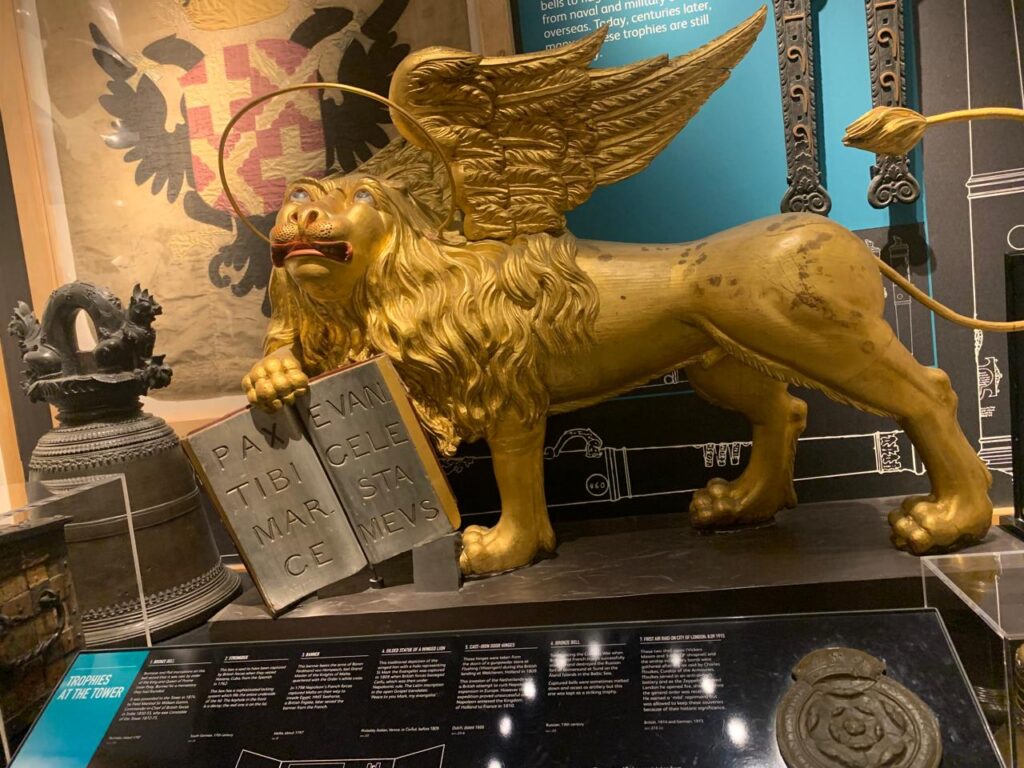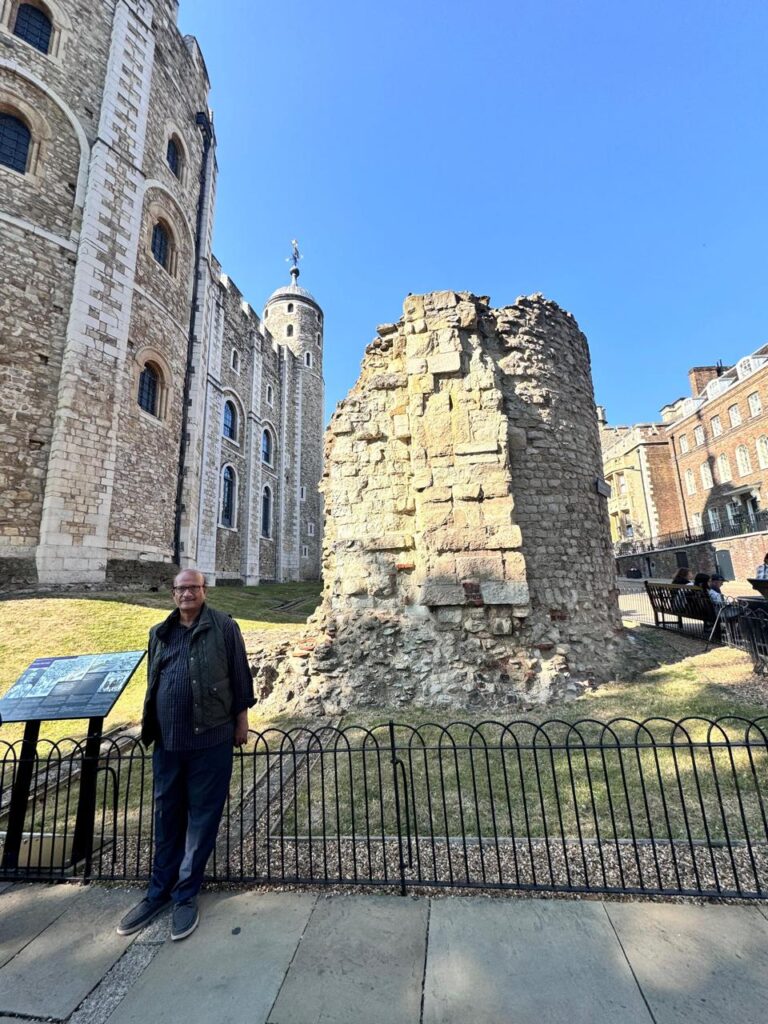
Kohinoor Diamond
By Lokanath Mishra

Nadir Shah’s 1739 invasion of India led to the removal of two iconic treasures: the Koh-i-Noor diamond and the Peacock Throne, adorned with precious jewels, which were originally crafted for Shah Jahan. The Koh-i-Noor, prominently displayed on one of the peacocks of the throne, was among the spoils taken by Nadir Shah, leaving the Mughal treasury depleted.


A school inspector visited a village high school in Odisha during the year 1997 to assess the students’ knowledge of their history syllabus. Specifically, he asked Class X students about Nadir Shah’s invasion of India and the theft of the Kohinoor diamond. The inspector posed a question: “Who took the Kohinoor?” To his surprise, all the students, except one, replied that they hadn’t taken it.

One student, Ravi, hesitated before saying he knew something but wouldn’t disclose. The headmaster, history teacher, and other teachers, including the class teacher, pressured Ravi to reveal the name of the person who took the Kohinoor. With great reluctance, Ravi accused Raju.

The headmaster quickly intervened, saying, “Yes, sir, Raju must have taken it.” The headmaster and teachers, including the history teacher, supported this claim, citing Raju’s reputation as a mischievous student and son of the local Sarpanch.
However, when Raju, a Class VI student, was called to the office, he denied taking the Kohinoor, saying he hadn’t even seen it. Despite his protests, the headmaster and teachers insisted that he was guilty.
The inspector was unimpressed by the school’s lack of knowledge about Nadir Shah and the Kohinoor. He recommended that the school be abolished due to the apparent absence of education, highlighting the school’s failure to teach its students about significant historical events.
The story takes a dramatic turn as the inspector leaves the school, and the headmaster promptly contacts the Sarpanch, blaming him for the potential abolition of the school due to the alleged theft of the Kohinoor. The Sarpanch rushes to the Education Minister, who is also the local MLA, and explains the situation.
The Minister, aware of the ongoing assembly session, worries that if the media gets wind of the story, the opposition might raise questions about the Kohinoor’s theft. To mitigate this, the Minister intervenes, calling the Education Secretary to reject the inspector’s recommendation and instead sanctions 500 books for the school library, published by Kohinoor Press in Cuttack .
The Kohinoor’s History

The Kohinoor diamond has a rich and complex history, with its origins dating back to India’s alluvial mines. Initially, it was revered by gods like Krishna and later became a symbol of prestige and power, changing hands through various rulers and conquests.
- Early History: The Kohinoor was part of the Peacock Throne, commissioned by Shah Jahan in the 17th century, featuring two peacocks adorned with gems, including the Timur Ruby and the Kohinoor diamond.
- Nader Shah’s Invasion: In 1739, Nader Shah invaded Delhi, massacring tens of thousands and looting the city, taking the Peacock Throne and the Kohinoor diamond as war trophies.
- British Colonization: The diamond eventually fell into British hands, becoming part of the Crown Jewels, with Queen Victoria wearing it as a brooch and later featuring it in the crown of Queen Alexandra and Queen Mary .
Current Controversy
The Kohinoor’s ownership remains a topic of debate, with countries like India, Pakistan, and Afghanistan claiming rights to the diamond. Historians argue that its history and ownership are shrouded in myth, making it challenging to determine its rightful owner .


